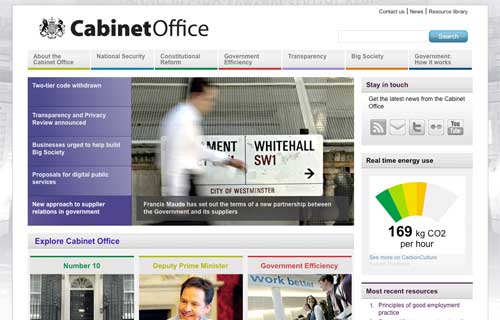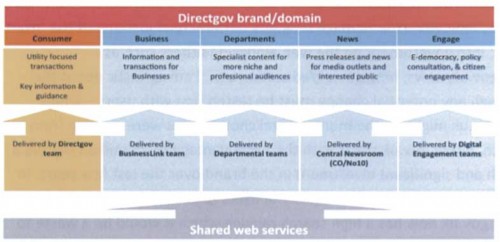 Confirmation today of a promotion (of sorts) that’s been rumoured for the last couple of weeks at least: Joe Harley CBE, DWP’s corporate IT director since 2004, on a salary just short of a quarter of a million a year, is to take on the CIO role vacated by John Suffolk.
Confirmation today of a promotion (of sorts) that’s been rumoured for the last couple of weeks at least: Joe Harley CBE, DWP’s corporate IT director since 2004, on a salary just short of a quarter of a million a year, is to take on the CIO role vacated by John Suffolk.
As with many of the recent CIO changes, it’s what you might call a reverse job-share: he keeps his DWP job, in which he’s been credited with ‘carv[ing] £1.5 billion from operational costs’. Tony Collins at Computer World UK suggests he won’t be taking any extra salary for the added responsibility.
But then again, and to put the two roles in some kind of context, Suffolk’s salary was around £210k, as opposed to Harley’s £250k. So it’s debatable as to whether it’s even a step up the ladder.
The Cabinet Office press release doesn’t say anything to increase my excitement at the news:
Joe Harley will be able to call upon a dedicated team in the Cabinet Office to implement the Government’s Information and Communications Technology (ICT) agenda for data centre, network, software and asset consolidation and the shift towards cloud computing. This will realise financial savings, increase flexibility and reduce development timescales and risk. He will work closely with Chris Chant, the Government’s digital director, and also be able to call upon the commercial, procurement and programme management capabilities in the Cabinet Office to improve the delivery and cost effectiveness of government ICT projects.
Zzzz. Oops, sorry. Where we we? Ah, yes. You can easily see how he might be perceived, to quote Tony Collins’s piece, as ‘a cut-price part-timer’, and it’s hard to imagine how much spare time he has to devote to these extra responsibilities. But those who know him say he’s an amiable straight talker, as you might expect given his Glasgow roots – Celtic fan, by the way – and he’s certainly done a lot to cut DWP’s IT spending in his time there.
More interesting, though, is the press release’s reference to the recruitment of a ‘Director of ICT Futures’:
This role will be responsible for implementing new ways of designing and developing systems using agile methods and skunkworks environments; increasing the drive towards open standards and open source software; change the terrain for SMEs to enter the government marketplace; and maintain a horizon scan of future technologies and methods.
On the face of it, that’s quite a bold job description. Note the plural skunkworks environments, and the explicit commitment to a ‘drive towards open standards and open source software’. DCMS and DCLG CIO Mark O’Neill has been tasked with driving things forward in those areas up to now, and he spoke at Word Up Whitehall about some of the initiatives he was trying to kick off in that space: this new role should provide some very welcome high-level backup.
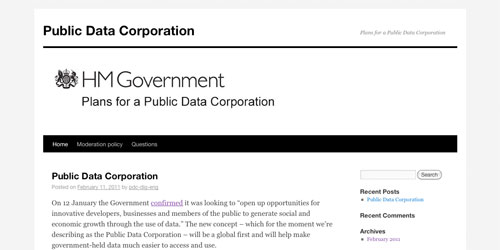
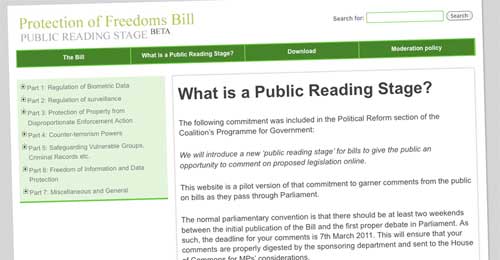
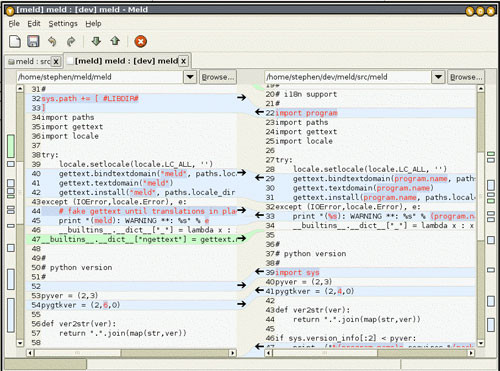
 Confirmation today of a promotion (of sorts) that’s been rumoured for the
Confirmation today of a promotion (of sorts) that’s been rumoured for the  I’m told that Cabinet Office
I’m told that Cabinet Office 